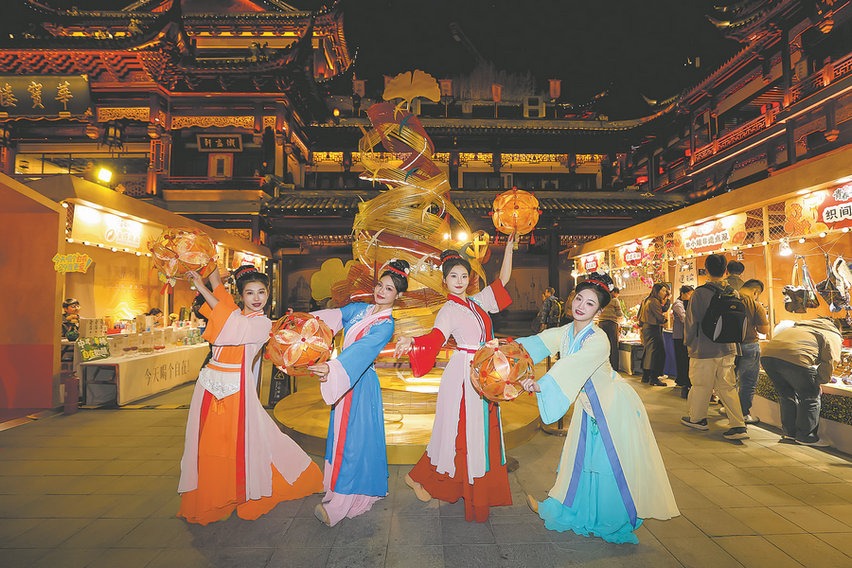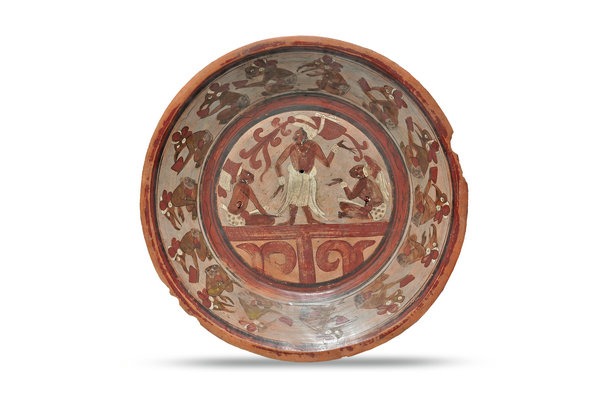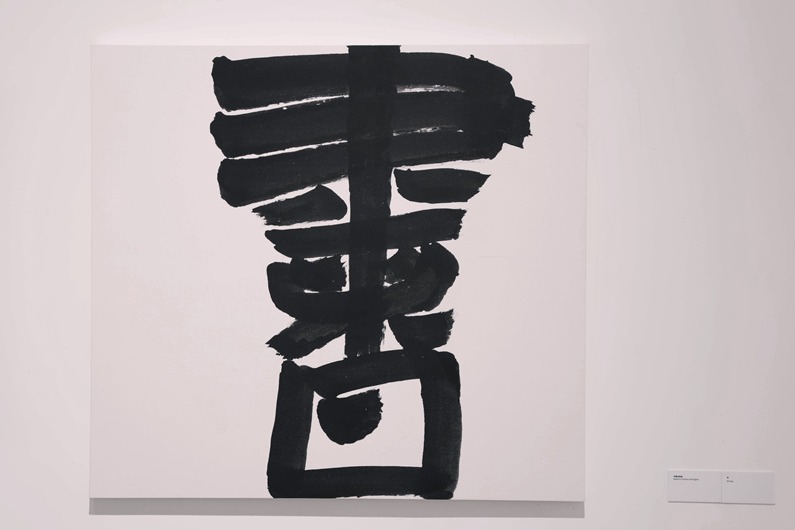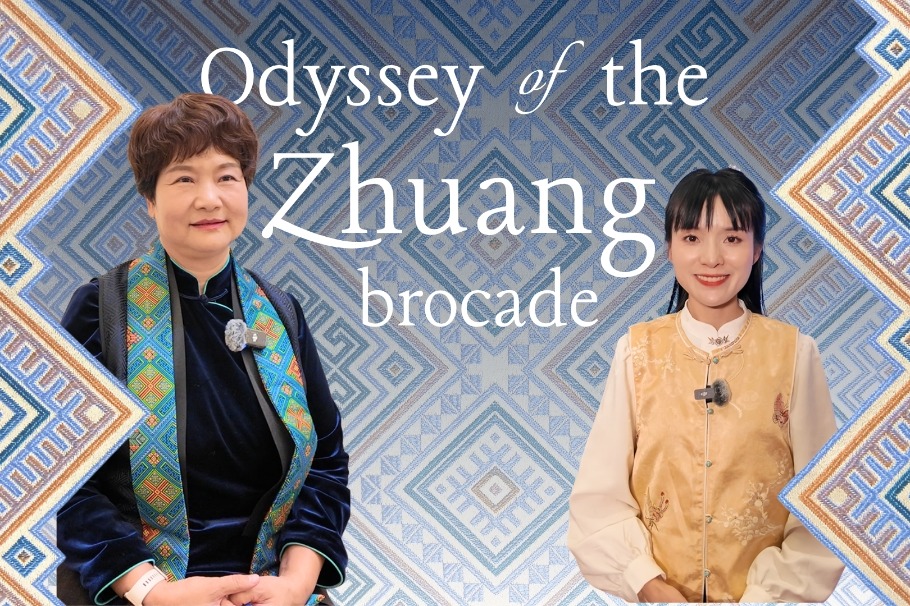A miracle woven in silk
A five-year quest to re-create the Qingming Festival scroll has put the ancient craft back in spotlight, Zhang Yu reports in Shijiazhuang.


"Our artisans had to stare at the warp, their eyes almost glued to the loom, pressing the weft with their left hand and quickly switching shuttles with their right. A day's work might yield only a few millimeters of progress."
The project consumed 126,000 work hours over five years.
There were moments of near-defeat. "There were countless times we wanted to give up. Our eyes were almost going blind," Wang recalls.
But the moment the finished piece was finally cut from the loom was unforgettable.
"My heart was pounding. I was so nervous, terrified the final product would be a failure. When it was successfully taken off the loom, everyone cheered and leapt for joy. That sense of achievement is something I will remember for the rest of my life."
The completion of the kesi scroll represents a triple triumph for Wang — it is a promise kept, a testament to the vitality of Dingzhou kesi, and a new path for intangible cultural heritage.
"It proves this craft has not been lost. Instead, it has gained new life in our hands," she says. "By creating a landmark work, we can let more people know about kesi and fall in love with it."

The widespread popularity has brought a wave of recognition and new responsibility.
"I was so excited that I couldn't sleep, not because of the fame, but because our years of persistence were finally seen," Wang says of the online reaction. "This attention proves that intangible cultural heritage is not an outdated craft, but a cultural treasure that can move people today."
The story of Dingzhou kesi, however, is not just about preserving the past, but also about innovating for the future.
This forward-looking mission has been passionately taken up by Wang Bo, Wang Pengwei's 35-year-old son and the eighth-generation successor.
Wang Bo's decision to embrace the family craft was not straightforward.
As a young man, he initially found the ancient tradition "too heavy" and instead spent over a decade building his own business in the agricultural sector.
For him, the change came during the COVID-19 pandemic.
"I returned to Dingzhou and spent time with my mother," he recalls. "I saw the light in her eyes as she sat before the loom.
"I realized the old masters of kesi were becoming fewer, and young people were reluctant to learn. The craft was on the verge of being lost."
He then made the life-altering decision to leave his company and return home.
"Choosing kesi is like entering through a narrow gate to walk a long road, searching for a faint beam of light," Wang Bo says.
"This craft isn't profitable, and it's time-consuming. But its meaning is hidden in the details. The feeling of weaving a millennium of splendor with your own hands is something no business venture can provide."
Now, as a promoter of the craft, Wang Bo is injecting contemporary relevance into kesi.
On the program China in Intangible Cultural Heritage, he showcased Dream Weaving Space, an immersive installation where kesi has broken free from flat textiles to merge with light and shadow.
He presented innovative products like a brooch inspired by a plum blossom from a Palace Museum painting; and a tea mat, woven with nanotech-treated silk, that astonishingly repels water, oil and stains.
"For young people today, the appeal of kesi isn't that it's easy to pick up. It's healing," Wang Bo says. "When you're weaving, your mind empties. You only think about how to successfully weave the next thread. This focus is more therapeutic than any stress-relief method. It allows you to slow down and see the beauty in details."


His vision for the future is clear: First, to master the core techniques solidly, ensuring they are not lost in his generation; then, to develop products that are integrated into daily life, so that kesi is seen and used in the home and not simply the preserve of museums.
The story of the kesi Qingming scroll is more than an artistic achievement. It is a story of a city, Dingzhou, reaffirming its identity as the cradle of this sublime art.
"In cultivating a new generation of artisans, we have partnered with Jizhong Vocational College to establish a three-year college-level diploma program in kesi, pioneering a mentorship inheritance system within higher education," Wang Pengwei says, adding that the program now enrolls at full capacity every year.
In the hands of Dingzhou's weavers, 2,000 years of artistry is not only preserved, but is beginning its next chapter.
Contact the writer at zhangyu1@chinadaily.com.cn






































